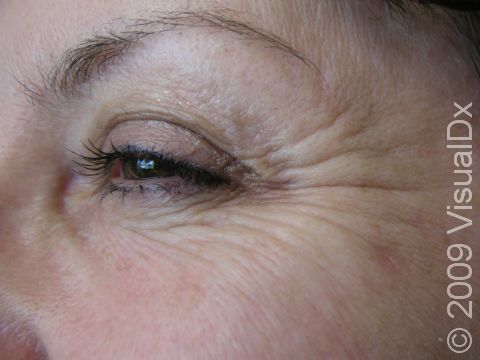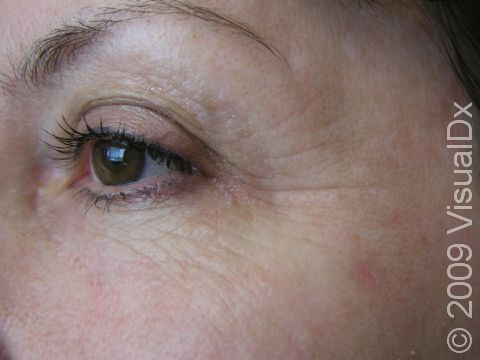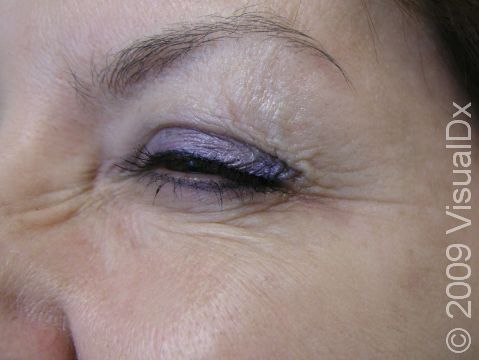Botulinum Toxin (Botox)
Aging gracefully is not desirable to some people when there are many effective and safe cosmetic procedures that can temporarily reduce a very prominent sign of aging: wrinkles. One such procedure involves the use of botulinum toxin injections. Botulinum toxin is produced by the fermentation of a type of bacteria called Clostridium botulinum. The most widely used form of botulinum toxin is Type A (Botox® Cosmetic, Allergan, Inc). Botulinum toxin, what we will now refer to simply as Botox, used cosmetically, works by temporarily preventing the nerve from activating the muscle responsible for wrinkling the skin.
Who's At Risk?
Botox is FDA approved for prevention and elimination of frown lines specific to the area between the eyebrows (glabella). Since its approval in 2002, however, Botox has also been used to treat other wrinkles elsewhere (eg, crow’s feet, forehead, around the mouth). Those who produce excess underarm sweat or have sweaty palms and have failed to respond to the primary medical treatments for excess sweating have also been treated with Botox, which requires much larger doses than those used to prevent and eliminate wrinkles.
Those who should not have Botox injections are as follows:
Those with allergies or sensitivity to ingredients in the Botox Patients with certain neuromuscular conditions (eg, myasthenia gravis) Those with infections at the treatment site Patients taking aminoglycoside antibiotics or captopril
Signs & Symptoms
Before and after each Botox session, a few simple measures may optimize the safety and improve the results of treatment. To minimize the risk of later bruising, it is recommended that patients discontinue any non-essential medications or dietary supplements that can cause thinning of the blood:
- Aspirin (2 weeks prior)
- Non-steroidal anti-inflammatory medications (ibuprofen, naproxen, etc)
- Fish oil supplements
- Vitamin E
- Gingko and ginseng
- Red wine
Botox injections should be performed by doctors who are experts in skin care and facial anatomy. A typical visit usually takes 15 minutes, with a slightly longer visit in the case of a first-time patient for a lengthier discussion that explains the procedure and its side effects. The area is cleaned with alcohol, and the patient is placed in a comfortable position. The doctor takes a syringe containing the medication and injects the skin or underlying muscle with small amounts of fluid. This is repeated until all areas are satisfactorily treated.
Self-Care Guidelines
After a Botox injection, a reduction in the appearance of wrinkles may be noticed as early as 2 days with the maximum effect in 2 weeks. The effect from Botox slowly wears off over a period of 3–4 months.
Post-procedure care should be as follows:
- Apply gentle pressure to stop bleeding.
- Do not rub the area for 4 hours.
- Do not lie down for 4 hours.
Treatments
- Chemical peel
- Soft tissue augmentation
- Face-lift
- Laser
- Dermabrasion
When to Seek Medical Care
The safety and effectiveness of Botox has been well documented in millions of patients worldwide who have received this treatment. Few complications caused by Botox do exist, however, and these include the following:
- Temporary swelling for fewer than 20 minutes (appearing similar to mosquito bites)
- Allergic reaction
- Infection
- Bleeding
- Bruising
- Headache
- Eyelid drooping (if the medication relaxes the muscle that raises the eyelid)
- Temporary overactivity of areas that have not been injected (for example, hyperfunction of the lateral frontalis muscle leading to a quizzical look)
Last modified on October 10th, 2022 at 8:44 pm

Not sure what to look for?
Try our new Rash and Skin Condition Finder



